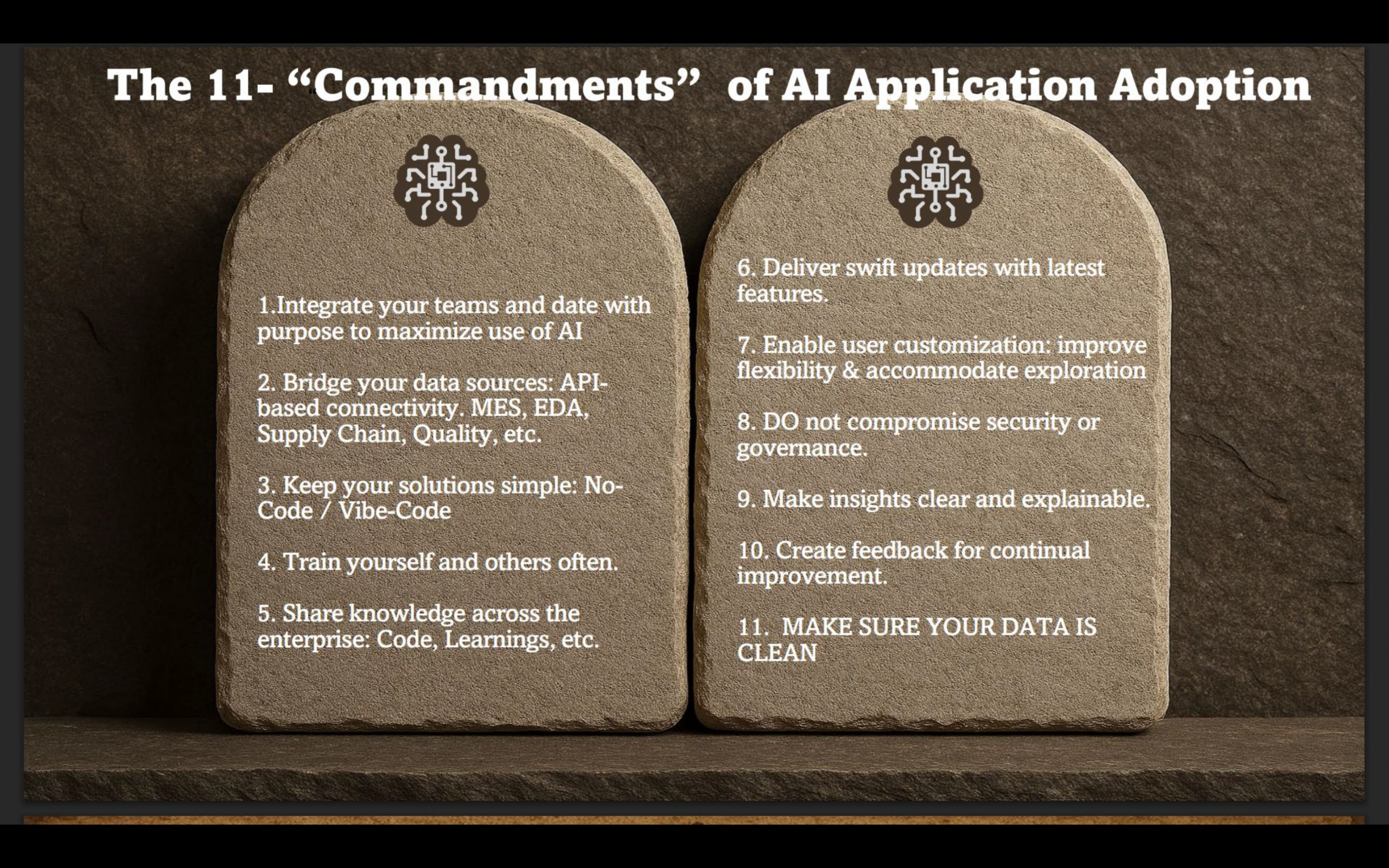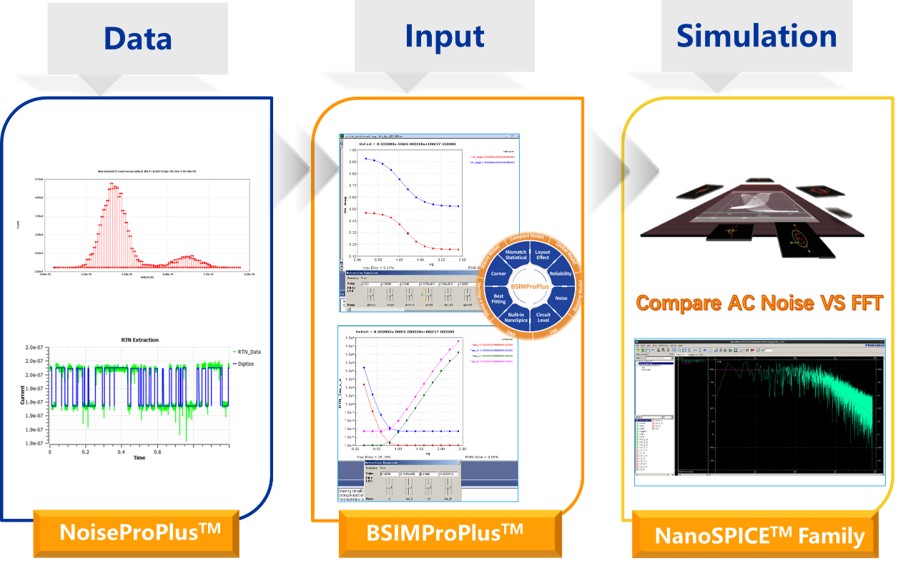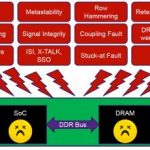You are currently viewing SemiWiki as a guest which gives you limited access to the site. To view blog comments and experience other SemiWiki features you must be a registered member. Registration is fast, simple, and absolutely free so please,
join our community today!
It was announced this week that Juniper Networks is acquiring integrated photonics fabless supplier Aurrion for an undisclosed amount. Aurrion was founded in 2008 by Dr. Alexander Fang of ex Intel and IBM fame and specializes in Indium Phosphide (InP) based transceivers for long-haul communications.
The twist that made Aurrion’s… Read More
LTE stands for Long Term Evolution, and that is exactly what is happening. At the Linley Mobile & Wearables Conference 2016 we received a preview of what is coming in the mobile and wearable markets. LTE is one of the biggest drivers in this entire domain. There was much discussion about the LTE Release 12 and how it increases bandwidth,… Read More
The first post on efabless generated some interesting questions that I will re-post here. Again, crowdsourcing is an iterative process so your help is greatly appreciated:
Please forgive me my ignorance, but what is the difference between efabless and ChipEstimate?… Read More
With Intel’s Basis Peak smartwatch on intergalactic recall and Apple’s smartwatch sales falling faster than Skylab, designers now must face the real questions: 1) what is the right use case, and 2) what are the right chips to implement it?… Read More
The EDA tools industry relies upon ongoing productivity enhancements to existing products, to manage increasing SoC complexity and to address shrinking design schedules. The source of ideas for enhancements can come from a variety of sources – e.g., customer feedback, collaboration with the foundries, and features found … Read More
It’s always a pleasure when a vendor gives a really informative, vendor-independent presentation on what’s happening in some domain of the industry and wraps up with (by that point) a well-deserved summary of that vendor’ solutions in that space. Ron Lowman did just that at the Linley conference on Mobile and Wearables, where … Read More
Communications technology is progressing at a phenomenal rate, especially when it comes to wireless communications and the ever growing Internet of Things. While many observers and media outlets focus on the benefits of devices and how they will impact consumers, producers, and service providers, there are also huge benefits… Read More
The old one-size-fits-all approach doesn’t work anymore for DDR4 memory controller IP, especially when addressing the enterprise segments, or application like servers, storage and networking. For mobile or high end consumer segments, we can easily identify two key factors: price (memory amount or controller footprint) … Read More
Last week the Linley conference on mobile and wearables started with an overview and keynote address by the event’s namesake Linley Gwennap. His talk offered a few surprises and was informative all around. As you have seen recently reported here on SemiWiki, he sees smartphone shipments continuing to rise, but with a declining… Read More
We’ve heard recently from several sources that millimeter wave radios, once the exclusive realm of defense and satellite use, are now finding homes in applications such as automotive radar and 5G networks. Therein lies a significant opportunity for digital design: moving frequency conversion and filtering from the analog … Read More










Quantum Computing Technologies and Challenges